Lacto Fermented Probiotic Lemonade is a probiotic-rich refreshing beverage that is lower in sugar than regular lemonade! This creamy, delicious drink is fermented using whey (hence, “lacto fermented”), and is a fun and tasty project!
You’ll love this recipe whether you’re seasoned at pickling, fermenting or brewing things at home, OR if you’re new to fermentation!
If you’re familiar with my Probiotic Ginger Beer recipe or have made Homemade Kombucha, and are looking for a new project (that happens to be worlds easier), here it is!!
Lacto fermented lemonade. Have you heard of such a thing??
What is Lacto Fermented Probiotic Lemonade?:
The term, “lacto fermented” can be applied to all sorts of fermented foods and beverages, such as sauerkraut, pickles or ginger beer. Lacto fermented lemonade is a probiotic lemonade, fermented using water, fresh lemon juice, sugar and whey. This drink gets its probiotic qualities from whey, which is the watery substance that forms on top of yogurt. When mixed with lemon juice and sugar water, the whey continues to culture and probiotics continue to multiply.
How to I Obtain Whey?:
Well, that is the only part of this recipe that is somewhat challenging. But really, it’s quite simple. You simply strain the whey from either store-bought or homemade plain yogurt using a cheesecloth, and you have your starter!
If you’re familiar with making Greek yogurt, the process of obtaining whey is actually the same! Greek yogurt is simply regular yogurt that has been strained of whey, which is why it is so thick. You start with regular plain yogurt and end up with two things: thick Greek-style yogurt and whey.
In essence, you will make Greek yogurt in order to obtain whey. If you don’t make yogurt at home, no big deal! Simply buy a large (32-ounce) tub of plain whole milk yogurt from the grocery store (don’t buy Greek yogurt, as it has already been strained of whey) and follow the instructions below.
How to Make Lacto Fermented Lemonade:
First, obtain whey (your probiotic starter). The easiest method to get whey is to strain it off of yogurt. To do this, fold cheesecloth over onto itself and lay it over a bowl. Pour 32 ounces (1 quart) of whole milk yogurt (either store-bought or homemade) onto the cheesecloth.
Gather all of the edges of the cheesecloth and bring them together so that you have a bundle of yogurt. Use a rubber band to secure the cheesecloth around the yogurt completely.
Once you have your bundle secured, use one or two additional rubber bands to hang it from a cabinet or shelf over the mixing bowl so that the gravity helps drain the whey from the yogurt. It should only take about 20 to 30 minutes to strain a full cup of whey off of the yogurt but if you don’t have a full cup by this time, wait longer.
Once your whey is strained, you will be using it for the lacto-fermented lemonade. You’ll be using the clear liquid only for the fermented lemonade. Pour/scrape the strained yogurt off the cheesecloth into a seal-able container or jar and enjoy it later!
In a sealable gallon jar or jug, combine the whey, lemon juice and sugar. Add the water and stir very well to dissolve the sugar. Note that the probiotics in the whey feed off of the sugar, so you will need to adjust the amount of sugar to your personal taste. If you desire a sweeter beverage, use up to 1 cup of sugar, versus ¾ cup.
Seal the container and allow it to sit at room temperature for 2 days. A closet, shelf, or pantry works great for storage.
Once the lacto-fermented lemonade is ready, you can refrigerate the whole jug, or transfer it to flip-cap bottles.
Store in the refrigerator sealed for up to 2 weeks.
What Does Lacto Fermented Lemonade Taste Like?:
The whey gives the lemonade a creamy flavor, making it taste similar to lemon meringue pie, by far the most unique lemonade you will ever taste! This beverage is healthier than normal lemonade because the probiotics in the whey eat up some of the sugar, leaving the beverage sweet but with less sugar content than what it started with.
How Long Does It Take to Make Fermented Lemonade:
All it takes is two days to make fermented lemonade! The end result is a sweet, zingy, creamy beverage. An added bonus is probiotics and yeast consume sugar in order to grow and reproduce, leaving you with less sugar than when you started. So you get a sweet drink, without all the sugar!
Should I Do a Secondary Fermentation?
If you’re familiar with fermented food and drink and are wondering whether or not you should do a secondary fermentation after the primary fermentation of lemonade, I would say don’t bother. You absolutely can! But of all the times I did a secondary fermentation with fermented lemonade, I found it didn’t make much of a difference (in essence, the drink didn’t become stronger).
If you decide to do a secondary, let me know how it turns out!
The way I see it, this science experiment is awesome for kids, as well as adults. Fermentation can be tricky, but lacto-fermented lemonade is nearly impossible to goof up! It is a great starting point for those interested in fermentation because the inputs are minimal and the process gets you familiar with the concept of fermentation.
This refreshing beverage can be flavored to be a seasonal treat any time of year and it is particularly refreshing in the summertime.
Flavor Ideas:
So you have your fermented lemonade…what now? You can simply sip on it to your heart’s delight or get creative and flavor it!
Turn it into a probiotic Arnold Palmer by mixing equal parts iced tea and lemonade. Turn this into a crazy flavorful treat by using hibiscus tea.
Add a mint simple syrup or muddled mint leaves.
Make a creamy mocktail! Blend up 6 ounces of lemonade with 1 frozen banana and ½ cup full-fat coconut milk and 1 tablespoon of lime juice for a creamy, tropical flavored beverage.
You can also add any form of berry-infused simple syrup. I find raspberry basil, blackberry sage and blueberry are marvelous!
Enjoy! xo
If you’re looking for more fermented drink recipes, check out my cookbook, Delicious Probiotic Drinks!
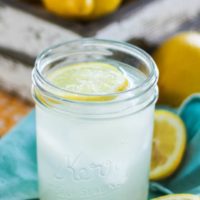
Lacto-Fermented Lemonade
Ingredients
- 3/4 cup cane sugar
- 1 1/2 cups fresh lemon juice
- 1 gallon filtered water
- 1 cup whey (strained from 1 quart plain whole milk yogurt)
Instructions
- Pour 32 ounces (1 quart) of whole milk yogurt (either store-bought or homemade) onto the cheesecloth.
- Take all of the edges of the cheesecloth and bring them together so that you have a bundle of yogurt. Use a rubber band to secure the cheesecloth around the yogurt completely.
- Once you have your bundle secured, use one or two additional rubber bands to hang it from a cabinet or shelf over the mixing bowl so that the gravity helps drain the whey from the yogurt. It should only take about 20 to 30 minutes to strain a full cup of whey off of the yogurt but if you don’t have a full cup by this time, wait longer.
- Once your whey is strained, you will be using it for the lacto-fermented lemonade. You now have Greek yogurt in that cheesecloth! Simply pour/scrape the strained yogurt off the cheesecloth into a sealable container and enjoy it later!
- In a sealable 1-gallon jar or jug, combine the whey, lemon juice and sugar. Add the water and stir very well to dissolve the sugar. Note that the probiotics in the whey feed off of the sugar, so you will need to adjust the amount of sugar to your personal taste. If you desire a sweeter beverage, use up to 1 cup of sugar, versus ¾ cup.
- Seal the container and allow it to sit at room temperature for 2 days. A closet, shelf, or pantry works great for storage.
- Transfer the jug to your refrigerator and drink chilled. You can store the lemonade in sealed flip-cap bottles for up to 10 days, or simply leave the lemonade in the sealed 1-gallon jug.
Nutrition
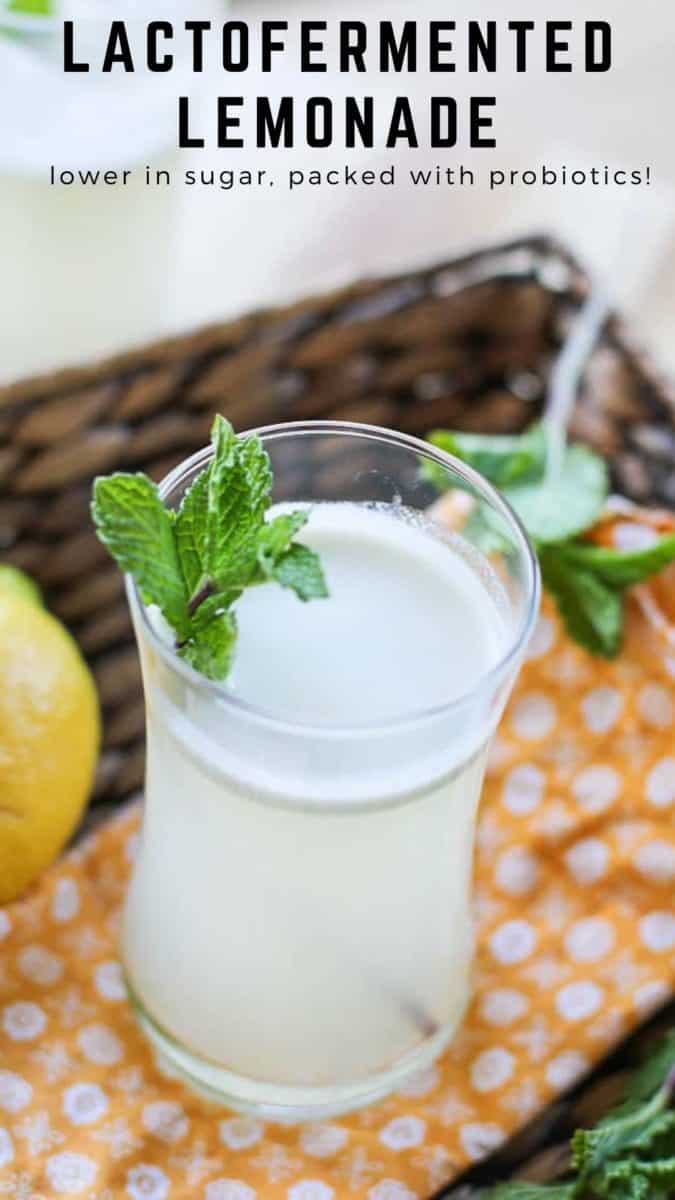
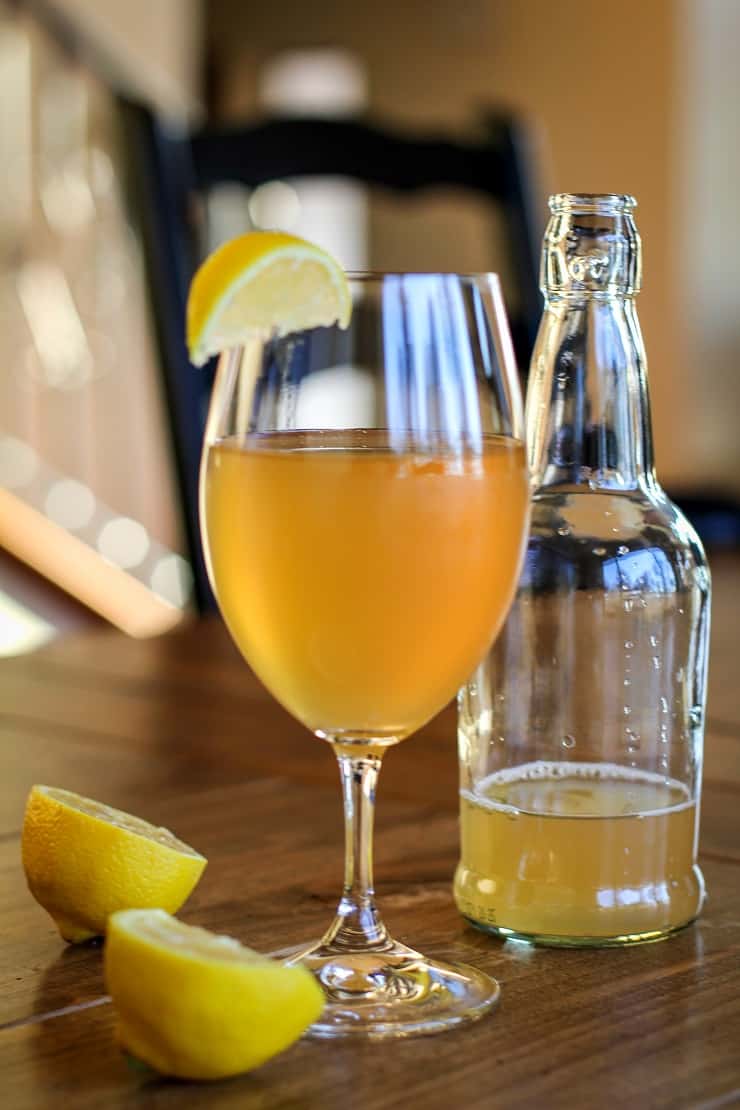
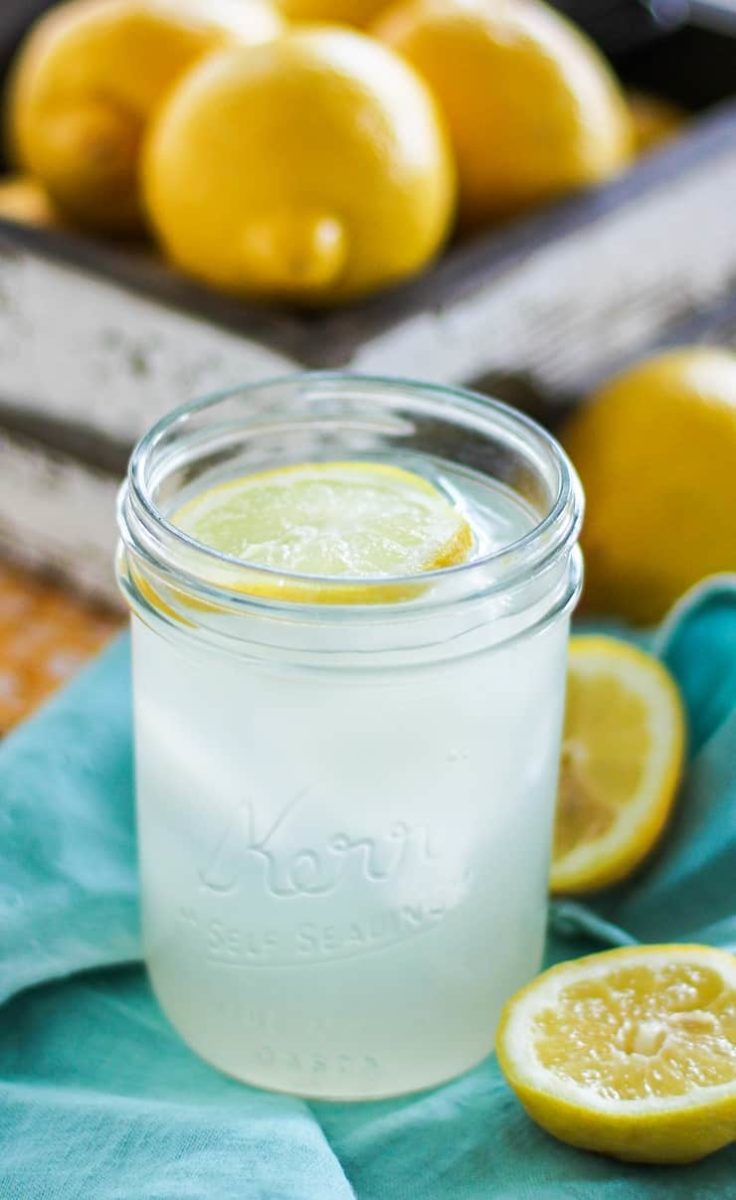
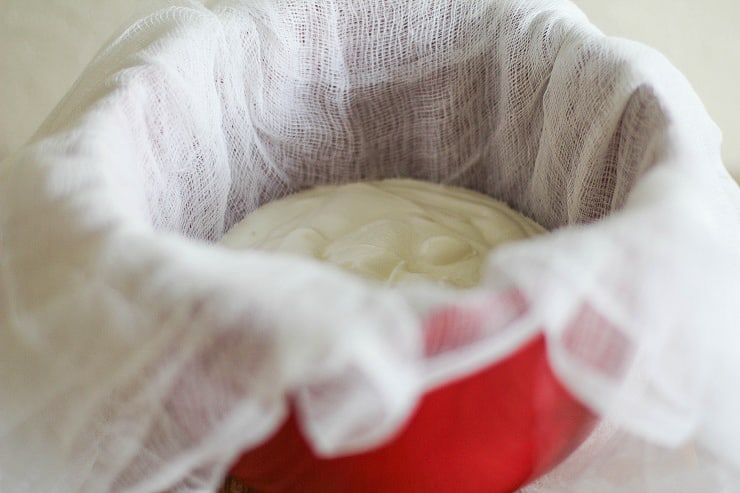
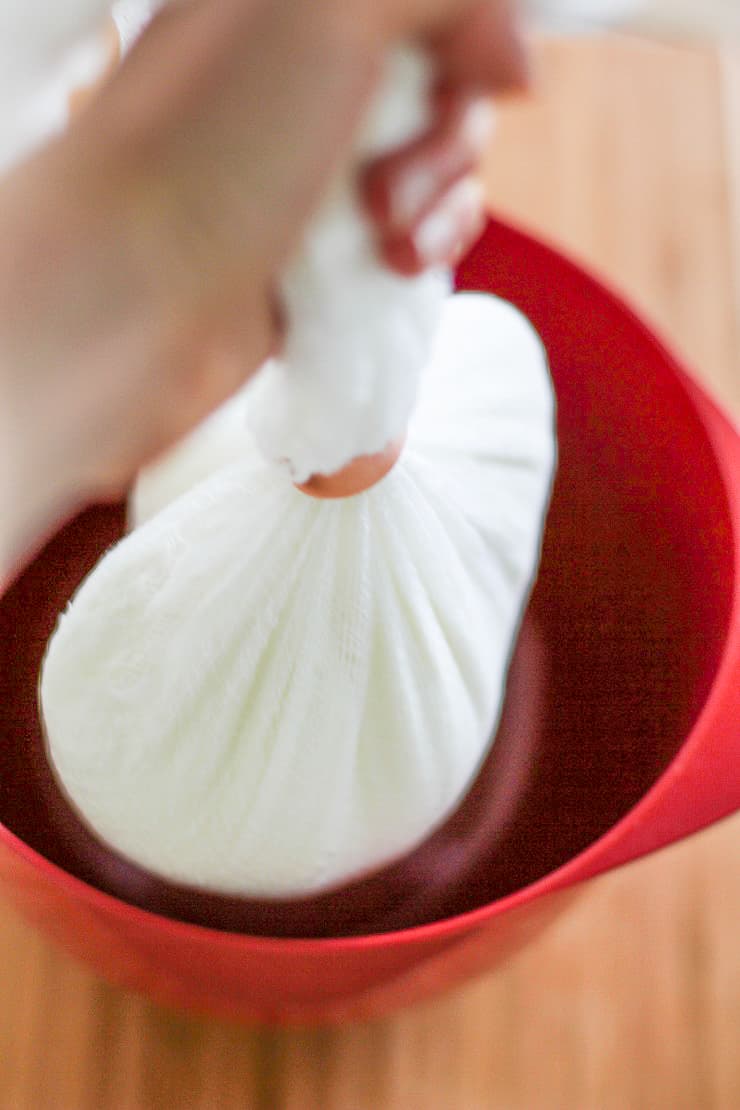
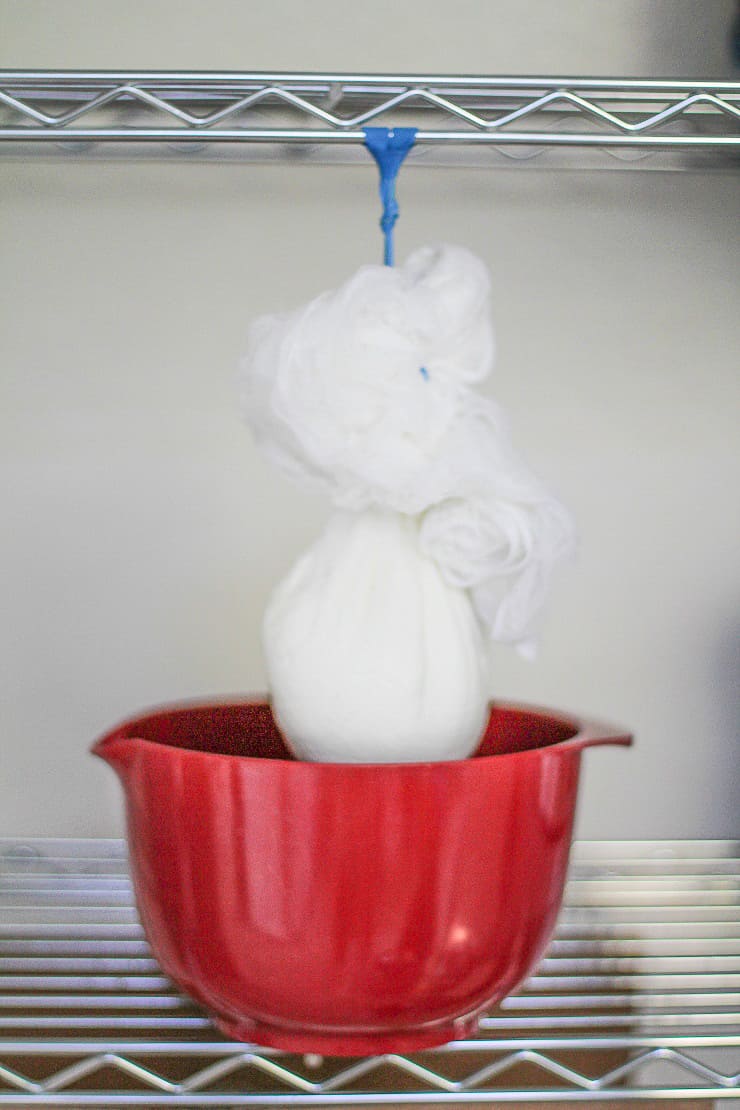
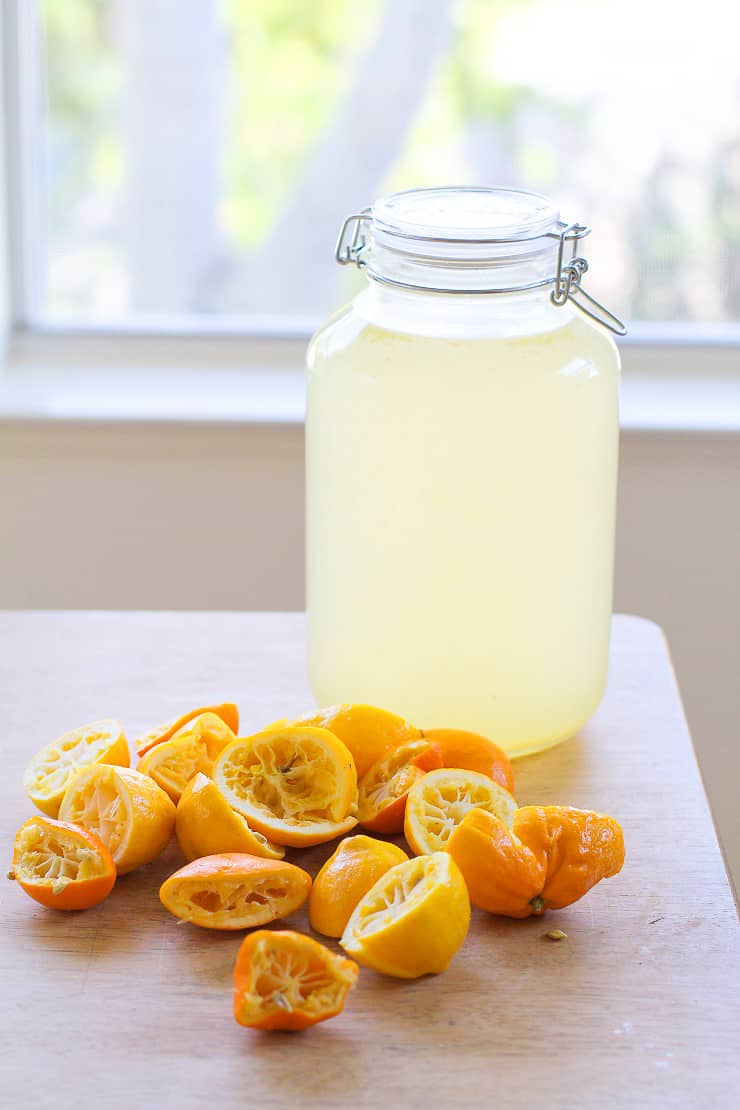
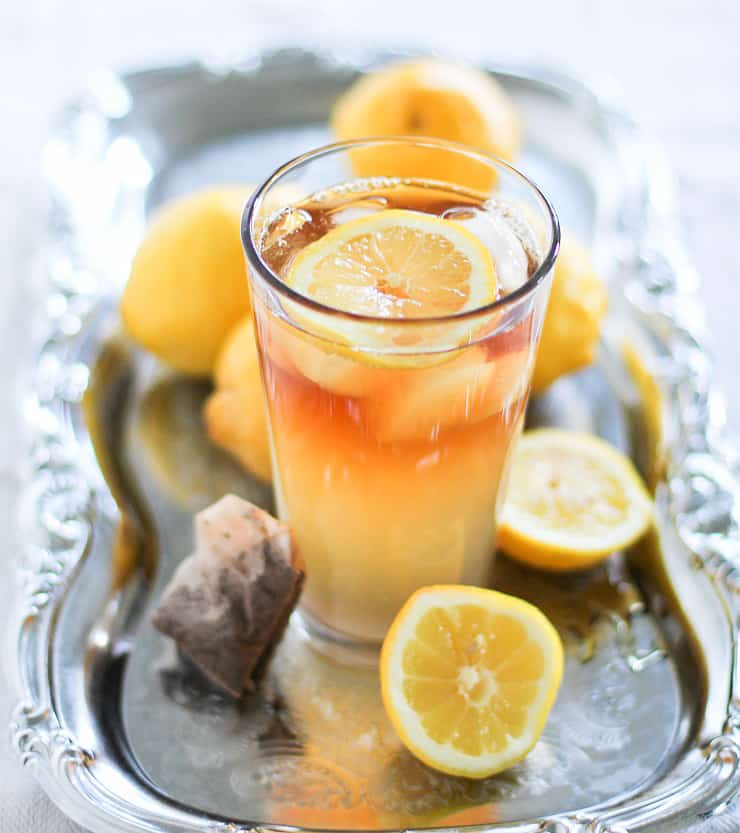
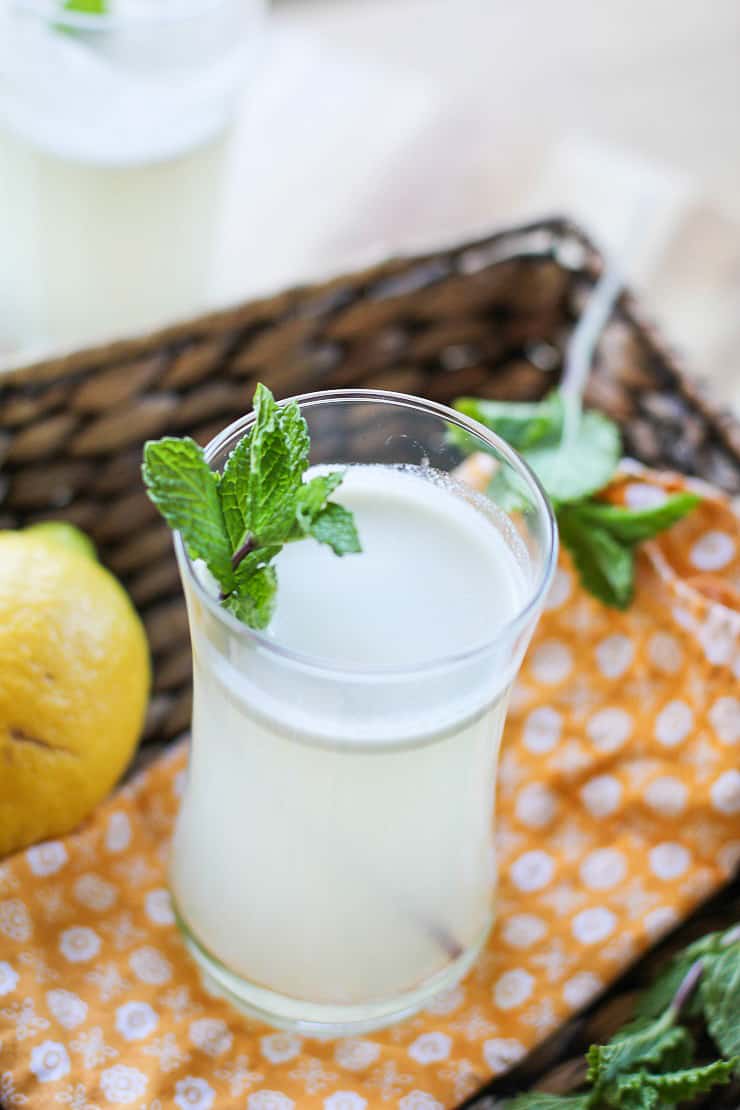
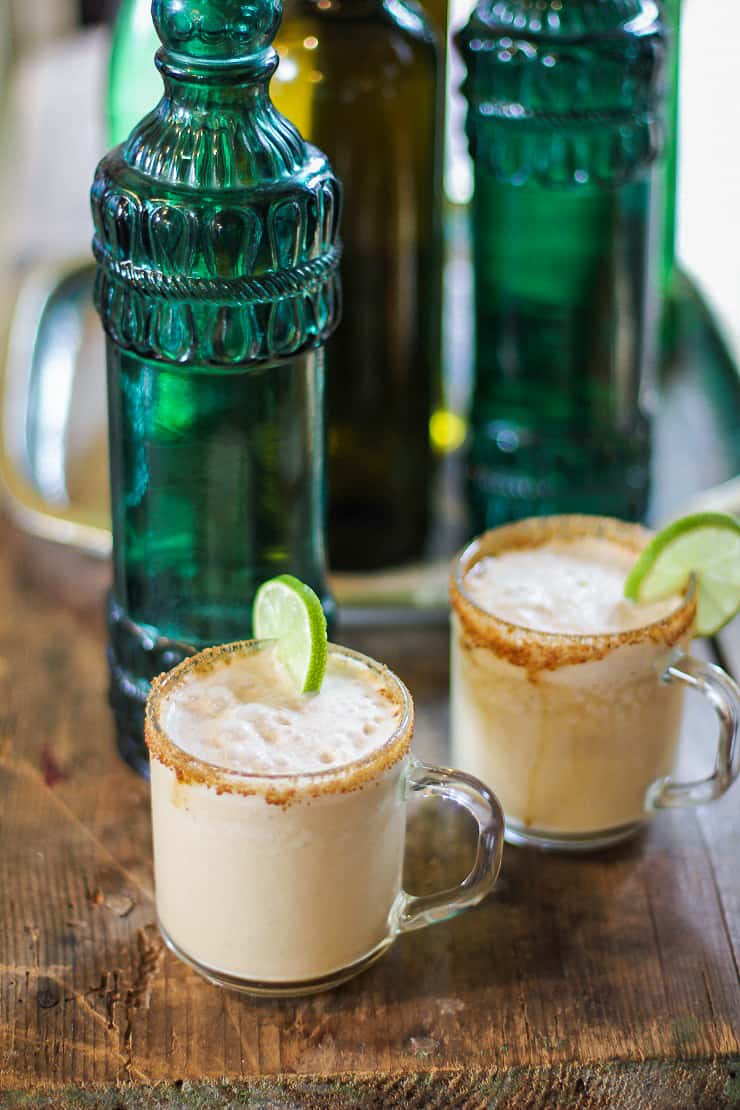
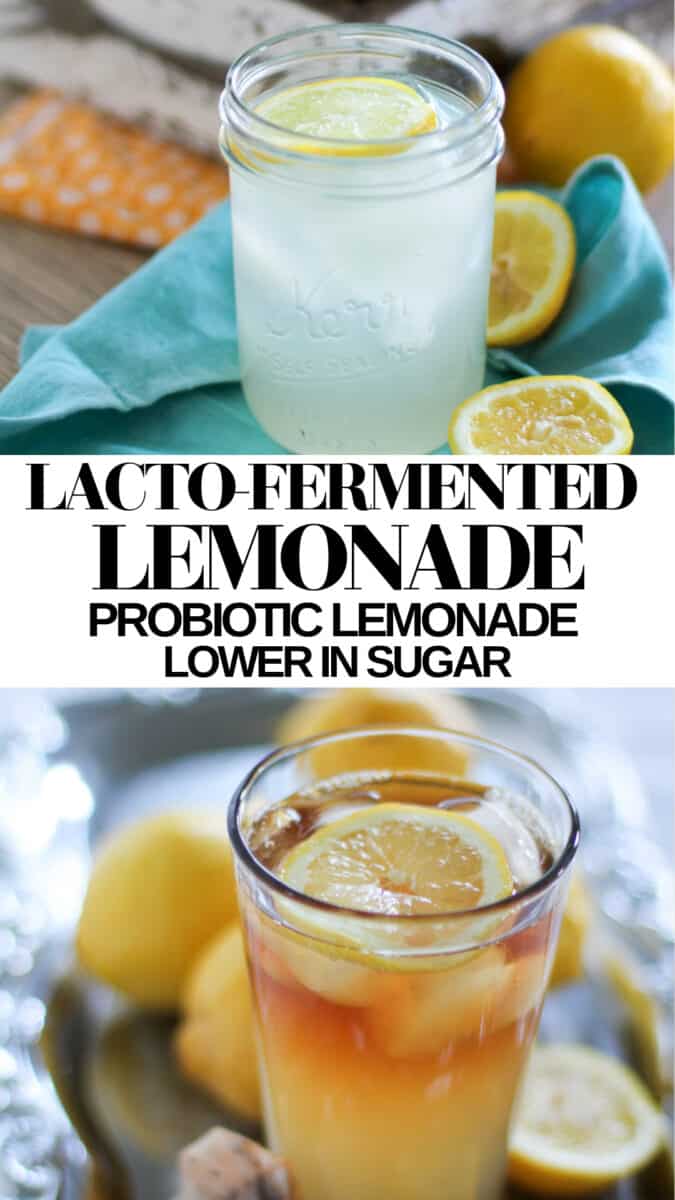

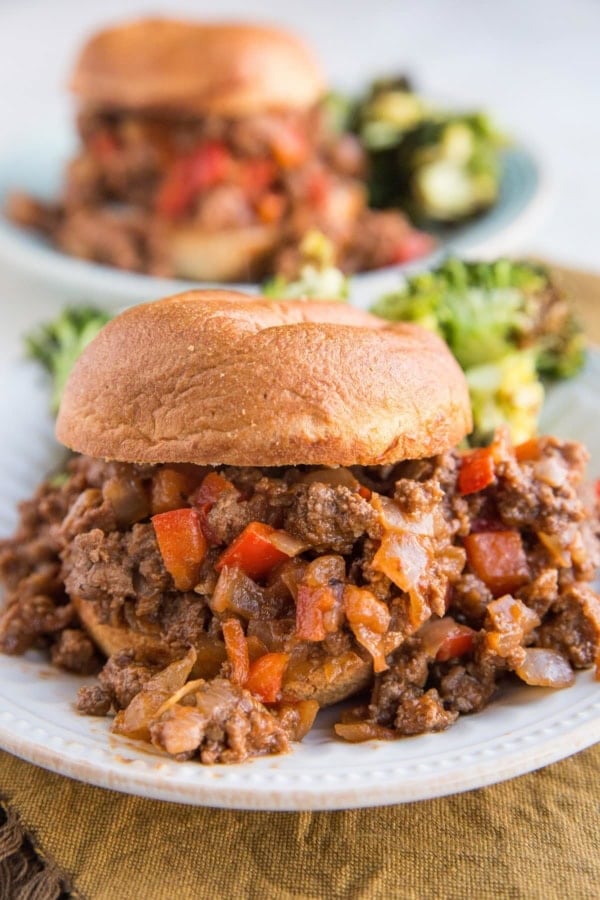

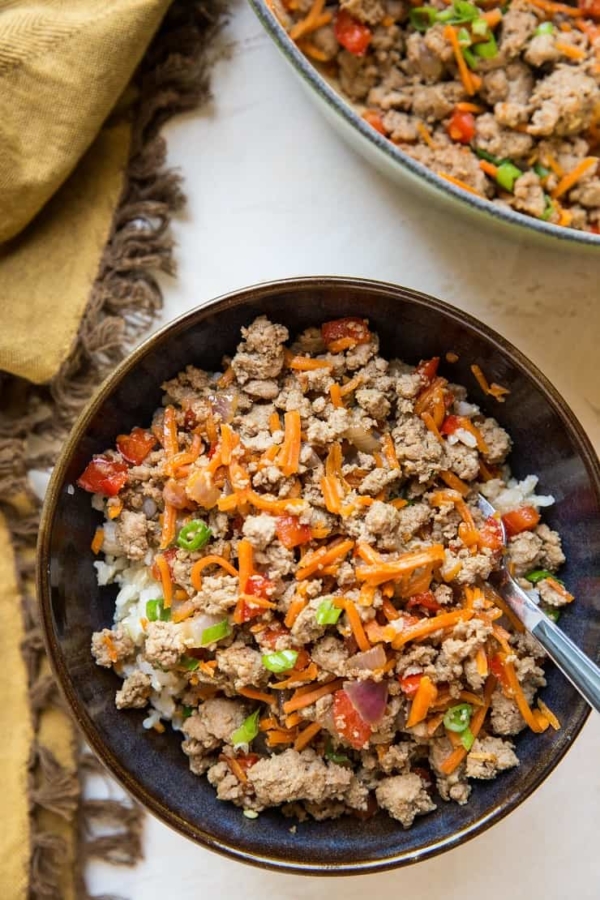










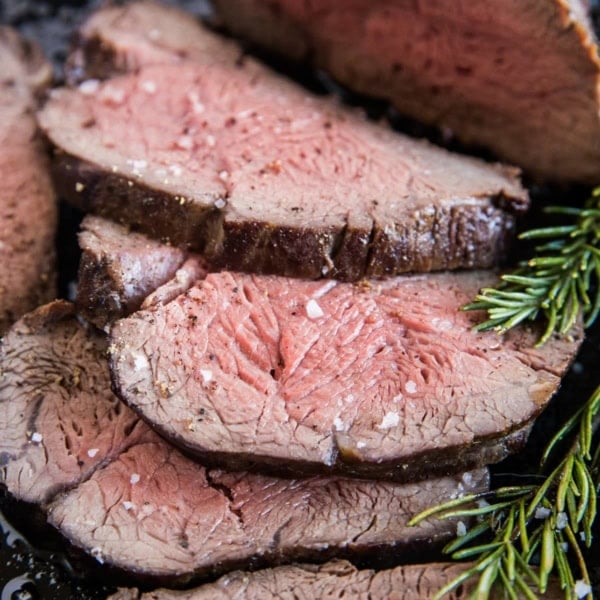


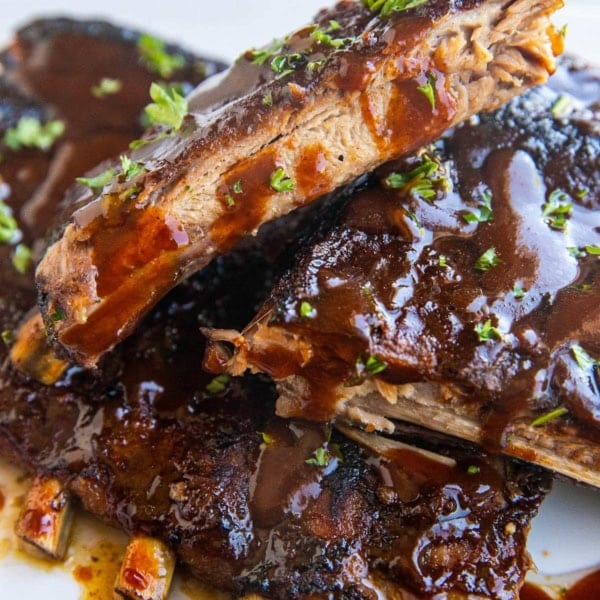


Wondering if this could work as a continuous brew? Ie use leftovers from a first batch as a starter for next batch? Anybody tried this please? I don’y have a good continuous source of whey but I do have a cracking batch of this stuff!
Hi Rachel! I wish I had a good answer for you, but I haven’t tried it myself so I’m not sure if it would work. I would say if you have an active culture that seems healthy, I don’t see why you couldn’t keep it going. I would store some of the lemonade in a large jar covered with cheesecloth and feed it a small amount of sugar and water daily or every other day.
We love this! Yum! We’ve made this lemonade over and over.
I’m so thrilled to hear it, Liz! Thanks so much for swinging back around to share! xo
Well I tried this recipe but I’m not sure it worked correctly. It just taste like weak lemonaid.
Step #6 you indicated to “seal” the container and allow it to sit at room temp for 2 days. I “sealed” with a plastic lid, but from what i’ve read it needs oxygen to grow so basically I guess I killed my starter depriving it of oxygen by “sealing” my jug. I’m a complete beginner so your instructions were not clear, ” seal” to me means cover to completely, to prevent anything from passing between them. Please clarify, should the jar/jug be “sealed” or just covered lightly to allow air into jug? Also can I fix this by adding sugar and allowing it to sit another day, but this time just covering it lightly?
Hi Christa,
Your interpretation of the word “sealed” is correct – the jar should be airtight. Whenever I make lactofermented lemonade, I have sealed the jar and the bacteria and yeast from the yogurt feeds on the sugar to grow into a probiotic rich beverage. That said, many probiotic drinks can be fermented without being sealed airtight, so you’re welcome to try the fermentation process without the lid if you’d like. In terms of salvaging your batch, if you think the culture is dead, I would start over and not try to revive it. If you suspect the culture is alive, you can add sugar and let it ferment for another day.
I just made yogurt today. I usually save the whey. I have it in the fridge does it have to be room temp before I use it to make this recipe?
For the bacteria and yeast to grow, the lemonade will need to brew at room temperature – the 70 to 85 degree range is what bacteria loves best, but they will grow at slightly lower temperatures (around 65-70) too. 🙂 Let me know if you have any questions!
Hello. I am excited to see this recipe. I am looking for non-alcoholic ways to ferment with simple methods to introduce the needed yeasts and bacetreias, not a fan of kombucha taste and the need for Scoby. I want fizz. So my question is, does this type of fermentation produce some fizz?
Hi Ellen! I was never able to get my lactofermented lemonade to become fizzy, but it’s possible there’s a way. My best bet would be once the lemonade has finished its first fermentation, you can put it through a secondary fermentation by adding more sugar and bottling it in flip cap bottles. Leave the bottles at room temperature for another 3-4 days and hopefully the culture will continue to ferment and produce pressure in the sealed bottles. Let me know if it works out!
I made this drink but only put paper towel with an elastic around the jug. It sat for 4 days on the shelf and when I opened it it had some dark stuff floating on it. Is that mold and should I pitch it and do it again with a sealable jar? I would really appreciate your thoughts. It doesn’t smell bad and has quite a mild taste actually. I just don’t want any issues.
Hi Wanda! I’m not sure what the dark stuff could be other than mold, so if it were me I would probably start over. If you try it again, I would check on it after 2 days, as the fermentation time can vary widely depending on household temperature and the native yeast in the air. It could be that your batch fermented rather quickly and was ready earlier. Hope this helps!
Looking forward to trying this. Can you use maple syrup or maple sugar instead of cane sugar? Thanks
Hi Dawn! I haven’t tried using maple syrup to ferment drinks in place of cane sugar, but I’ve read that other people have had success. Theoretically any type of sugar should feed bacteria, so I think it would turn out great 🙂 Enjoy!
I only have Greek yogurt. I can still strain some whey out of it. Would that still work? Is there another type of sweetener than can be used instead of cane sugar?
Hi there! As long as you’re able to strain some whey out, it will definitely work! Honey, coconut sugar, and maple sugar should all work as replacements for cane sugar. I will say, I haven’t tried them myself and coconut sugar and pure maple syrup might make the lemonade look darker/brownish, but really any sweetener that provides carbohydrate for the probiotics to live off of will work 🙂
Hi – I left mine at room temp for 5 days. The plastic jug I had it in became very bloated, so I “burped” it and stuck it in the fridge. Is it still safe to drink? Or just extra fermented? I’m new to this. Thanks
Hi Erica!
As long as it smells fresh and zesty and not rancid (like vomit) and doesn’t have any fuzzy mold floating around, it should be safe to drink. If you have any doubts whatsoever, it’s best to throw it out and start over, but based on your description I assume it’s fine. 😀 xoxo
Hello! I am excited to try this tomorrow! I started it yesterday morning, so, fingers crossed.
I was wondering if I need to use fresh whey each time, or if I could save a cup of this batch and add it to begin a new batch?
Hi Cassandra!
In theory, you should be able to save some of the lemonade and use it as a starter, but I’m not sure how long it will last. I would store it in the refrigerator until you’re ready to use it, but then bring it to room temp by sticking it on the counter for a day or so before using it. Hope this helps!
Thanks for this recipe! I started two 1/2 gal Mason jars on two days ago (one with 1/2 c sugar, the other with 3/8 c). It’s quite cloudy in the bottom half of the jar, which I assume is normal. I’m wondering about sealing the jars tightly. Do the bacteria not need air to ferment the sugars? I suppose you’re not going for a soda / bubbly experience with lemonade, so maybe that explains it. Thanks again!
Hi Angela!
You can keep the lemonade in sealed jars once it has finished fermenting. I’ve never tried making the lemonade fizzy…I’m not sure whether or not it would work but it sounds amazing, and it’s worth trying! xoxo
@Julia,after the 2 days in a container,I transfer to screw top plastic soda bottles.then you can feel the carbonation from the fermentation.burp them over 2 days, helps use up more sugar.the use.it get very fizzy.i also use lemon zest to get an extra tang
Is this in american or British cups?
Hi Brian!
I use American measurements for all my recipes 🙂 Hope you love the lemonade!
Do you think this would work using lemon juice that comes in a bottle from the store rather than freshly squeezed lemon juice?
Hi Shannon!
It will still work with lemon juice from a bottle! I prefer the fresher flavor of fresh lemon juice, but the bottle version would be fine too. xoxo
Hi! I made this once before and my husband loved it! I made it for the second time, but I let it ferment an extra day (or two- I cannot remember exactly!) and there are some white stringy shadows floating around. It reminds me a bit of kombucha But I am afraid to try it! Did I ruin the batch? Or is it still drinkable?
Thank you!
Hi Mia!
Without seeing it myself, I can’t be too sure but it sounds like those white strings may just be cultures of probiotics and yeast. If that’s the case, it’s safe to drink! When you smell the lemonade, it should smell inviting – like regular lemonade – with a slightly yeasty or vinegary smell. If it smells at all foul, I would pitch it. Hope this helps! xoxoxo
ok, this looks really weird, but fascinating, and i frequently end up w/ extra whey from either yogurt or ricotta making. so, it will be awhile before i try the recipe, but i have book marked it and will write back to let you know how we liked it. thanks for the great idea!
Hope you love it, Angie! Be sure to report back 🙂
nice, thank you, because water sometimes isn’t enough and don’t want a lemonade full of sugar, so a perfect in-between
It’s seriously soooo tasty! So crisp, refreshing, and sweet without all the sugar jacking up your blood sugar, lol 🙂 Hope you try it! xoxo